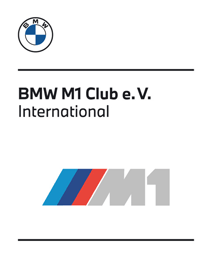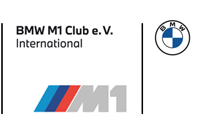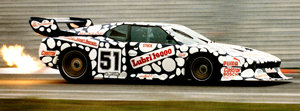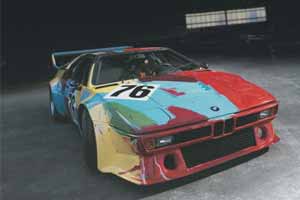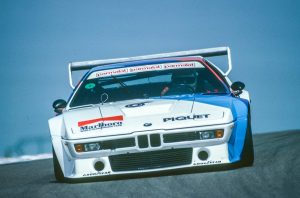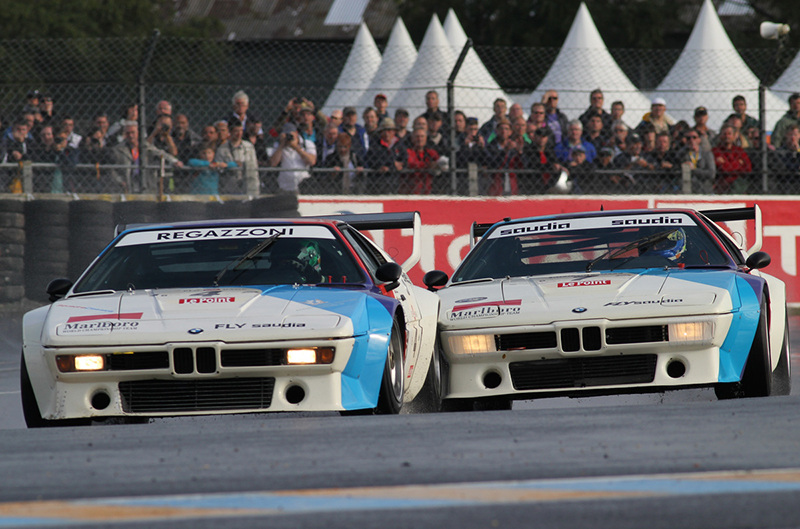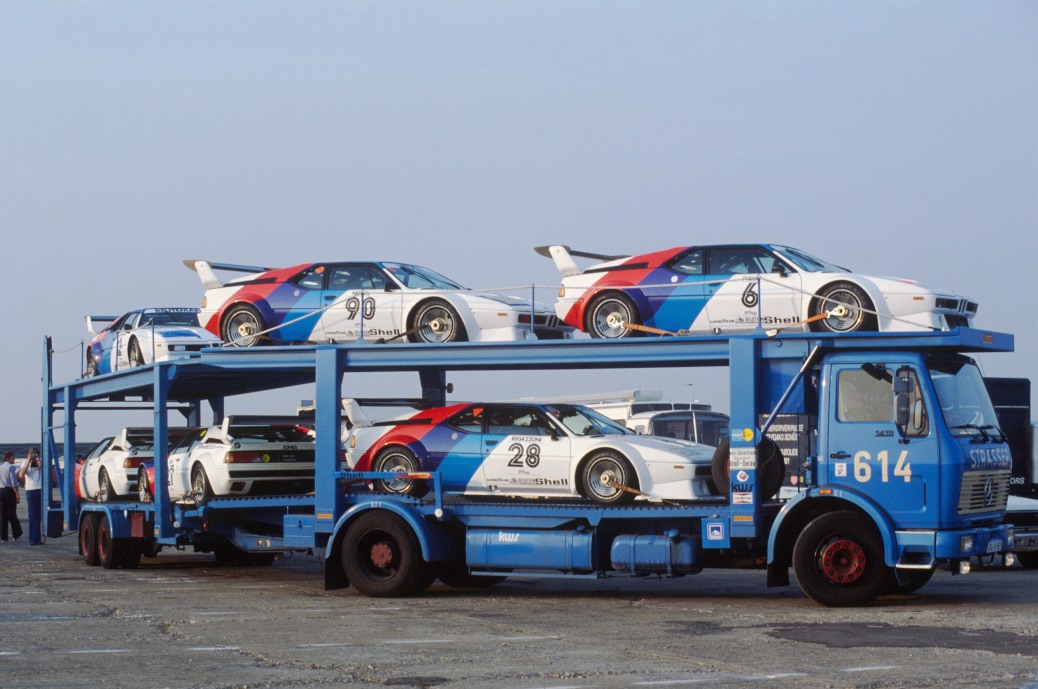The BMW M1
For Group 5
The M1 for Group 5
The rules for the Group 5
The rules for the Group 5 (special production cars) were the following:
Special production cars have no minimum production volume. But they have to be derived from homologated Group 1, 2, 3 or 4 cars. All of the modifications for the groups mentioned before are allowed plus the ones allowed for the Group 5. The body may be modified as desired in terms of wheel housing and aerodynamic aids – front and aft. Under the skin there is freedom in designing aggregates, engine, gearbox, suspension and brakes. The corresponding regulations are described in more detail in the international motorsport-regulations.
The Group 5 cars were equipped with turbo-charged engines with a maximum power output of around 1000 hp. BMW itself quotes – in the press papers for the Paris Automobile Exhibition in 1978 – 850 hp for the M1. Pressure could be adjusted up to 1,4 bar. You could hardly recognise an M1 as such due to its major aerodynamic modifications. There were no limits to modification under the skin as well. The Group 4 M1 always served as the basis. Following this approach Schnitzer developed the most powerfull racing car ever on German racetracks – the Schnitzer BMW M1. Using aluminium and kevlar the chassis of an “ordinary” Group 4 M1 was modified and fitted with a carbon body. Down-force was the key to bring the 1000 hp of training power-output on the track. Nevertheless victories by H.-J. Stuck on the Nürburgring as well as in Salzburg remained the only successes of that package. The Porsche 935 offered the same power in 1981 with less weight.
The healthy basis offered by the M1 could not be further developed. Just months later the racing M1 became history.
More interesting pages on the subject PROCAR
